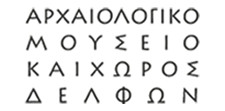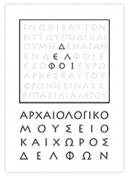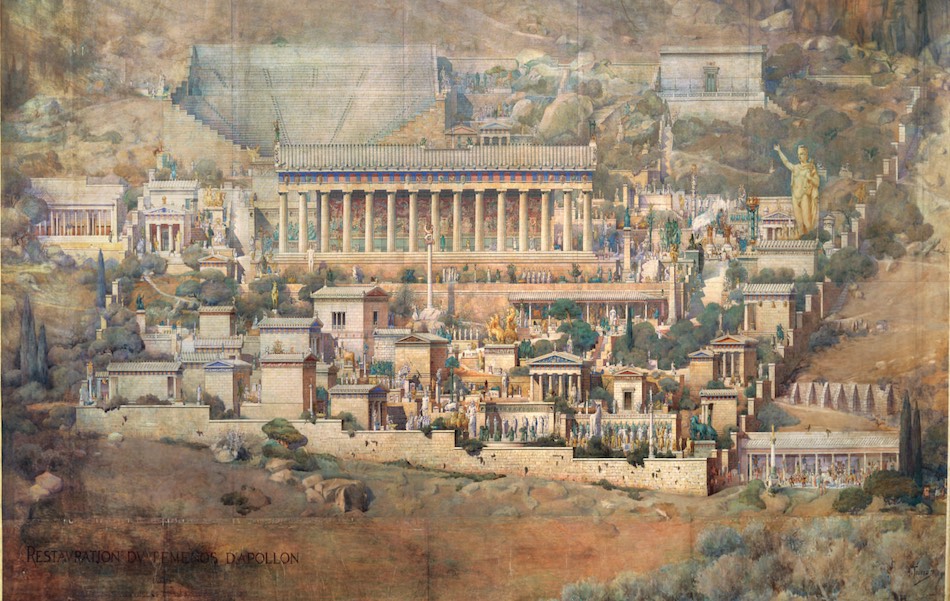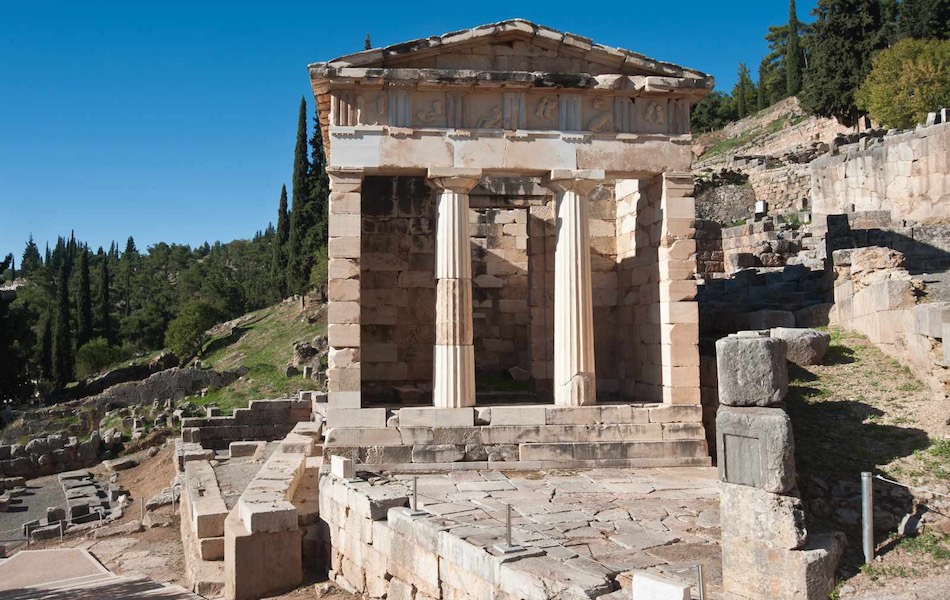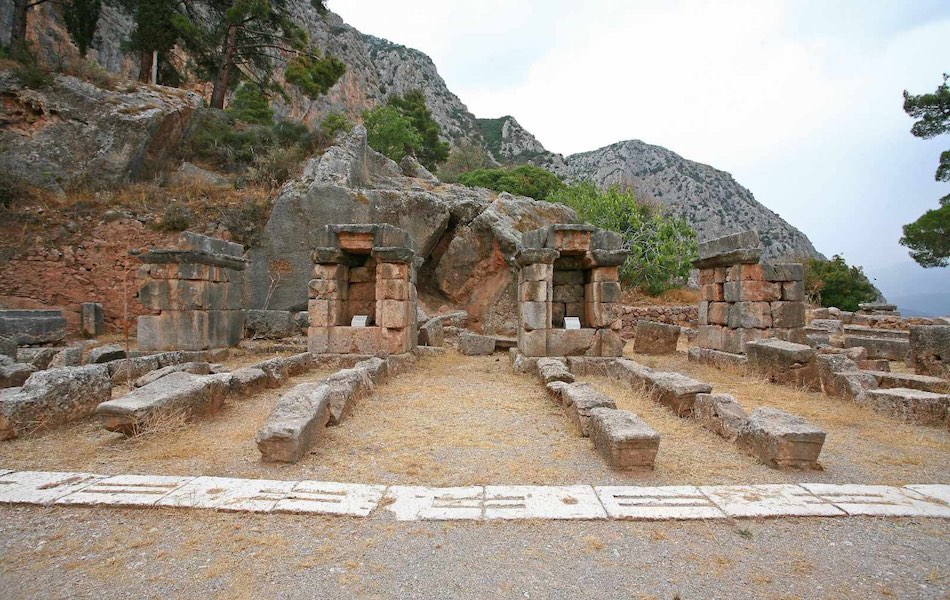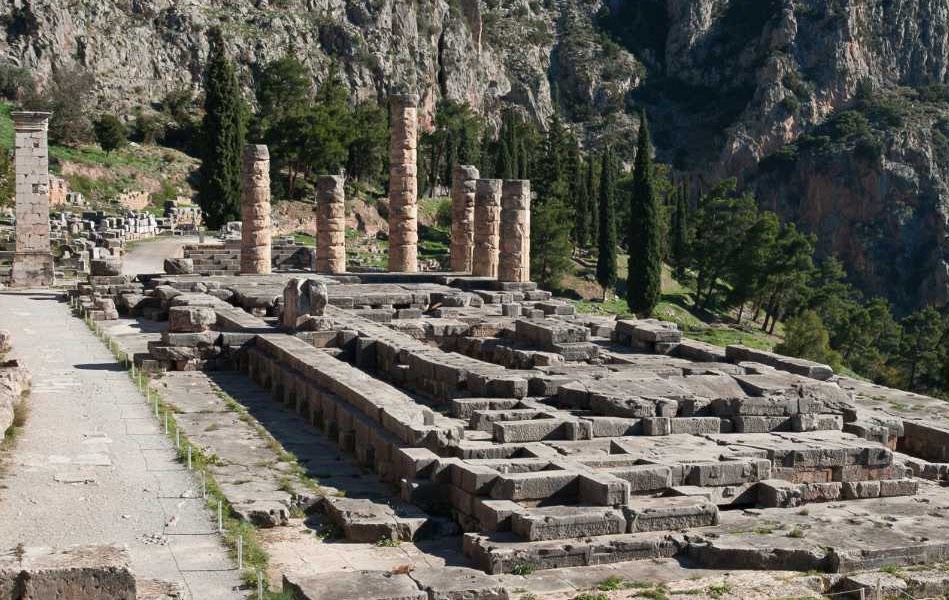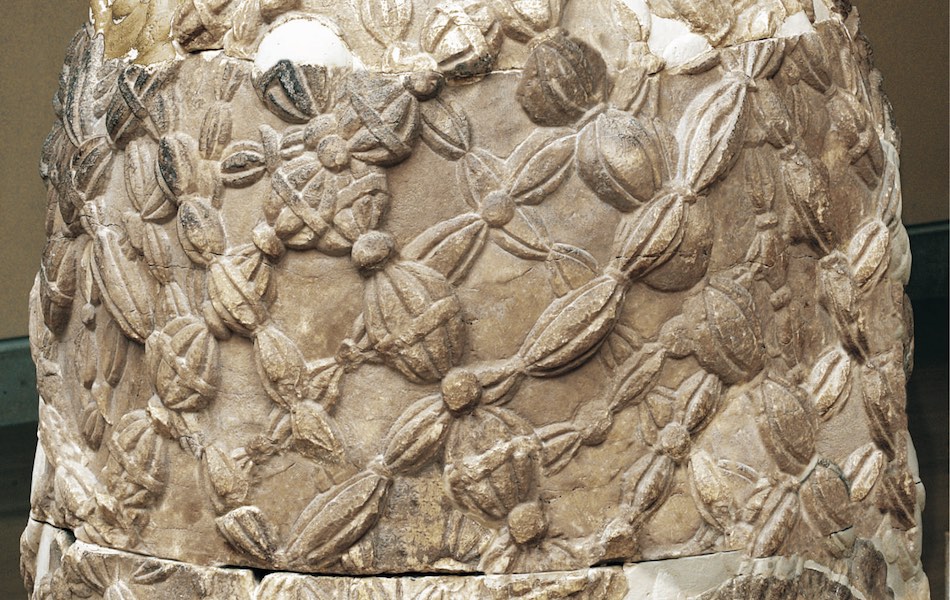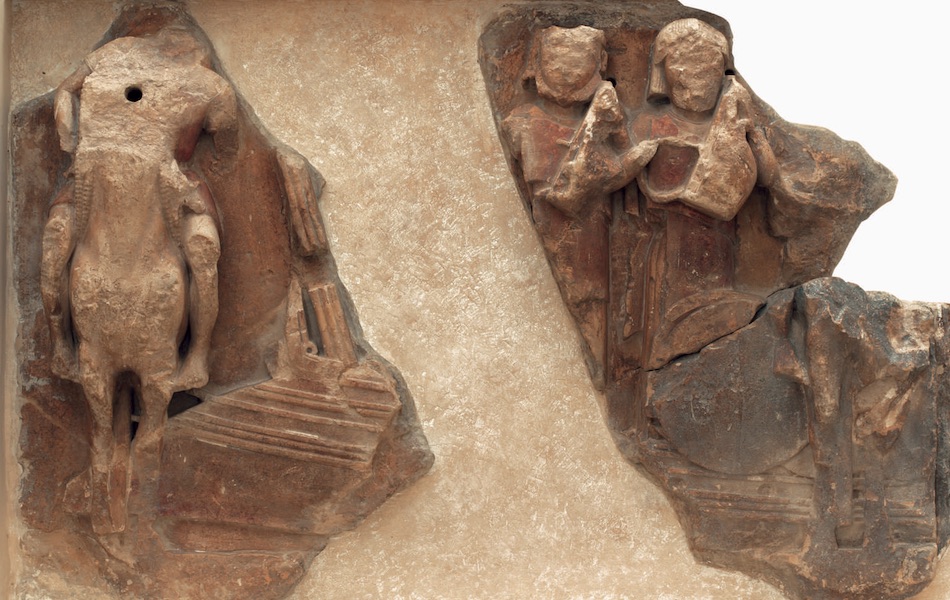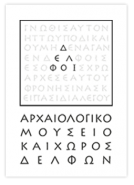The Athenian Treasury
Play Video
Summary
The treasury of the Athenians represents the earliest specimen of a Doric treasury made out of marble. The Athenians built the Treasury most probably after 490 B.C. in order to thank the god Apollo for their victory at the battle of Marathon. On the Northern and Western side there were depicted scenes from the life of Hercules, whereas on the South and Eastern side scenes from the life of Theseus.
Full text
The treasury of the Athenians is the best preserved monument of the Archaeological Site of Delphi. It is situated on the first turn of the paved way which led to the sanctuary of Apollo. According to Pausanias’ testimony, the Athenians built the Treasury possibly after 490 B.C., in order to thank the god Apollo for their victory at the battle of Marathon. It constitutes the earliest specimen of a Doric treasury out of marble. It is distyle in antis, constructed entirely out of Parian marble. It measured 6.57 by 9.65 at the lower part of the walls. The frieze had 6 metopes on the narrow sides and 9 on the long ones. The roof was made of marble painted in red colour. On the Nothern and Western sides, which were not visible by the visitors, were depicted heroic deeds by Hercules (e.g. the battle against Geryones, the Amazonomachy), whereas on the Southern and Eastern sides there were scenes from the life of Theseus. The flanking acroteria depicted Amazons on horseride, whereas the pediments were decorated with sculptures, such as a female deity between two chariots on the east and a battle scene on the west.
Accessing the building was not easy: righ below the long southern side there is a triangular terrace made of poros stone, which is surrounded by grey limestone. The monument bore statues of the eponymous heroes of the Athenian tribes. There was situated the only door. In between the columns of the façade there were also metallic doors.
The walls of the treasury are literally covered with inscriptions, dating from the 3rd century B.C. onwards. Large part of these inscriptions are related to rituals, such as the Pythais, the ritual procession of the Athenians to Delphi, following an omen. Other inscriptions record specific privileges of people or professional groups, or, finally they fall in the well-known category of manumission inscriptions, which are so common in Delphi. However, the most important inscription is the one recording a hymn to Apollo, kept today in the Museum of Delphi. It has been replaced on the building by a moulded plaster copy. Straight under the long southern side there is a triangular construction made of poros stone surrounded by gray limestone. On the assizes there is the inscription: ΑΘΕΝΑΙΟΙ ΤΟΙ ΑΠΟΛΛΟΝΙ ΑΠΟ ΜΕΔΟΝ ΑΚΡΟΘΙΝΙΑ ΤΕΣ ΜΑΡΑΘΟΝΙ ΜΑΧΕΣ (The Athenians to Apollo from the Medes at the battle of Marathon).
In the treasury the Athenians kept their precious votive objects as well as spoils from their victories. Οn formal celebrations’ days they took these objects out of the treasury and put them in public display on the triangular terrace. The treasury is situated on an earlier building, possibly dated to the first half of the 6th century, which resembled the existing one in shape and size as well as -possibly- function.
MUSEUM OF DELPHI
